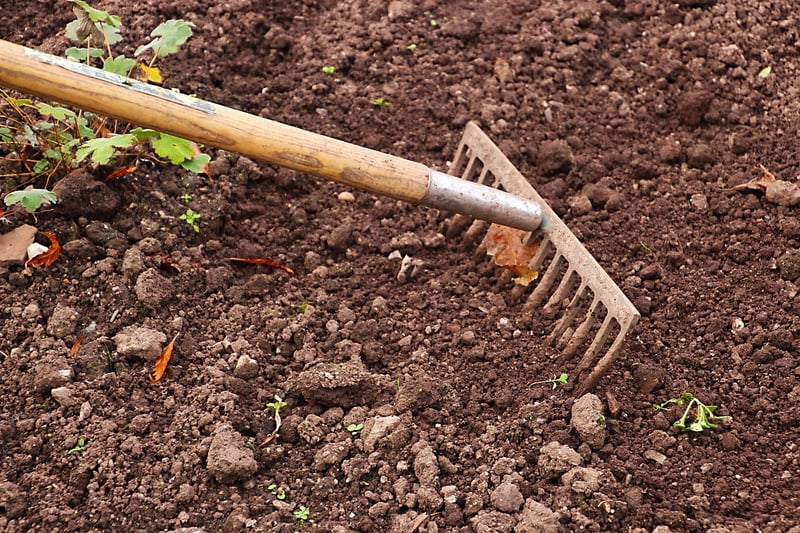Raking Techniques
Master the Art of Raking: Essential Techniques and Meanings
Introduction
Raking is more than just a gardening chore; it is an art form that requires skill, precision, and a deep understanding of the techniques involved. In this guide, we will explore the essential raking techniques and their meanings, helping you elevate your raking game to the next level.
The Importance of Raking
Raking plays a crucial role in maintaining a healthy garden or lawn. It helps to remove debris, fallen leaves, and thatch, allowing sunlight, water, and nutrients to reach the soil and grass roots. Additionally, proper raking promotes air circulation and prevents the growth of mold and pests.
Essential Raking Techniques
Mastering the following raking techniques is key to achieving a well-groomed and healthy outdoor space:
1. Leaf Raking
During the fall season, leaf raking is essential to prevent suffocation of the grass and promote healthy growth. Use a lightweight rake to gather and remove leaves efficiently.
2. Thatch Removal
Thatch is a build-up of dead grass and organic matter that can prevent water and nutrients from reaching the soil. Use a thatch rake or dethatching tool to remove this layer and improve soil aeration.
3. Soil Leveling
After removing debris and thatch, use a leveling rake to even out the soil surface. This promotes uniform grass growth and prevents water pooling in uneven areas.
Understanding the Meanings of Rake Patterns
While raking is primarily a practical task, it can also be a form of artistic expression. Different rake patterns carry symbolic meanings and can enhance the aesthetic appeal of your garden. Some common rake patterns and their meanings include:
- Wave Pattern: Represents fluidity and movement in nature.
- Zen Garden Pattern: Symbolizes harmony, balance, and tranquility.
- Spiral Pattern: Signifies growth, evolution, and transformation.
Raking Techniques for Different Surfaces
Adjusting your raking technique based on the surface you are working on is essential for optimal results:
1. Grass Lawns
When raking grass lawns, use a gentle sweeping motion to avoid damaging the grass blades. Rake in multiple directions to ensure thorough coverage.
2. Flower Beds
For flower beds, use a hand rake or smaller rake to remove debris without disturbing delicate plants. Be gentle to protect the roots and soil structure.
Conclusion
By mastering the essential raking techniques and understanding the meanings behind different rake patterns, you can transform raking from a mundane task into a creative and rewarding experience. Practice regularly, experiment with various patterns, and watch your outdoor space flourish with health and beauty.
Remember, raking is not just about tidying up; it is about nurturing and caring for your outdoor environment.

Happy raking!
